Sound Matters is divided into three sections
1. Attention
2. Intention
3. Intervention
While these ideas roughly structure the course, they are in fact embedded in most of the content that we will cover and the projects you will create. They spiral through the course and we will return to them repeatedly.
Attention
The section on attention (roughly weeks 1-5) begins with an attempt to focus as completely as we can on the sensations that enter the ear. It is difficult to leave behind your preconceptions, your likes and dislikes, and your own cultural background, but through intensive listening we will aim to understand how the ear works. The end of this section begins to unpack the ways that sonic sensation is interpreted and how culture and psychology are driving forces in perception.
Intention
The section on Intention (roughly weeks 5-9) is an introduction to the way that sound is used as a medium and how it is leveraged purposefully to impact an audience. This includes both positive and what also might be seen as negative intentions. To look at intention however, also means considering how a LACK of intention in cultural production (architecture, city planning, etc) can have a lasting impact on people.
Intervention
This section (roughly weeks 9-15) continues to dig more deeply into an intentional use of sound and students will propose, prototype and present projects that utilize Parsons and the immediate surrounding area as a site of installation.
REFERENCES
Here is a sampling of references that touch on the varied nature of sound and some of the ways that students engage with it in this course. Examples are drawn from music, installation art, urban planning, performance, urban intervention, and acoustic ecology and education. Students engage in a study of various approaches to sound such as these in order to develop and create projects that open up different ways of understanding and employing sound.

R. Murray Schaefer, a composer and author, started the World Soundscape Foundation in the late 1960’s. He coined the term Soundscape (as opposed to Landscape) and can be credited with bringing an increased awareness to the impact of sound on the environment and for drawing attention to the need for educational tools and techniques to engage with and understand sound.

Christina Kubisch is a sound artist whose common themes involve the way people perceive and interact with nature and the sounds given out by objects that we do not normally consider musical.
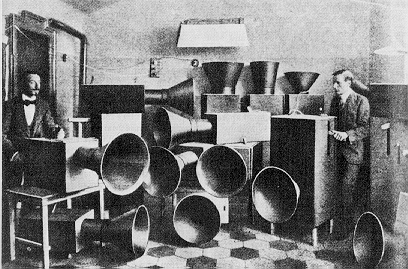
Luigi Russolo was an Italian Futurist painter and composer, and the author of the manifesto The Art of Noises (1913). Russolo argued that the new complexity of the world, brought about by the industrial revolution, demanded a new attention to sound in music. The modern orchestra, he argued, should contain instruments capable of delivering the sounds of the industrial environment as well as those from nature
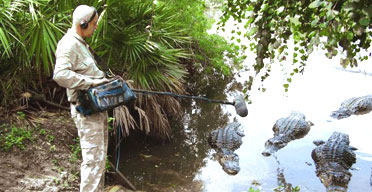
Chris Watson began his involvement with sound in the 1980’3 experimental groups Cabaret Voltaire and the Hafler Trio and has since become one of the world’s leading recorders of wildlife and natural phenomena sometimes editing his field recordings into a filmic narratives.
Jaap Blonk is a self-taught composer, performer and poet who went to university for mathematics and musicology but did not finish those studies. In the late 1970s he took up saxophone and started to compose music and later discovered his potential as a vocal performer, at first in reciting poetry and later on in improvisations and his own compositions. For almost two decades the voice was his main means for the discovery and development of new sounds.
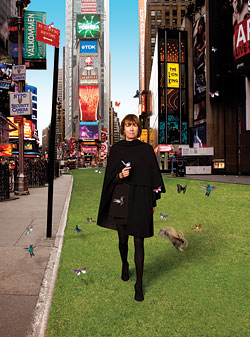
Jeanette Sadik-Khan (a recent honorary degree recipient during the 2011 New School graduation ceremony) has made some bold changes to the way that some major thoroughfares in NYC, like Broadway, a diagonal artery that cuts through Manhattan, are used by both cars and pedestrians. As a result of changes such as this in the fabric of the city, the soundscape changes along with it.

Loren Chasse’s work is characterized by his interest in and ability to listen. Using his sound locations as both the instrument and the studio, Chasse looks for particularly resonant and acoustical situations that are reflected in a peculiar way. Chasse credits his work with young people for helping him recognize the importance of listening in the moment.

Narcelio Grud of Brazil transforms street signs around the city in to public instruments as part of his Musica Livre project. The project places DIY musical instruments throughout the city, from stringed instruments to xylophones, the city’s street signs’s new identities bring a smile and tune to anyone who passes by.
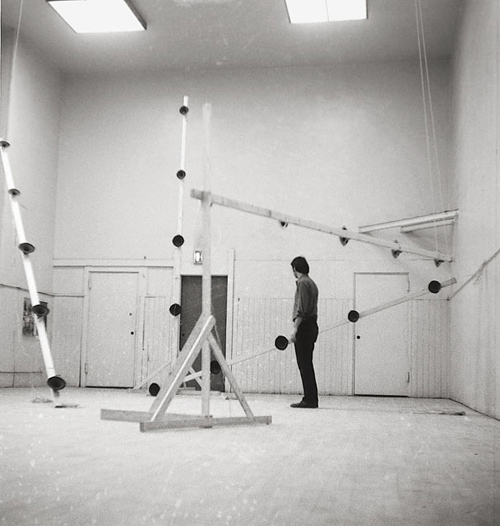
Bernhard Leitner: “I can hear with my knee better than with my calves.” This statement which initially seems absurd, can be explained in light of an interest in the study of the relationship between sound, space, and body. Since the late 1960s, Bernhard Leitner has been working in the realm between architecture, sculpture, and music, conceiving of sounds as constructive material, as architectural elements that allow a space to emerge.
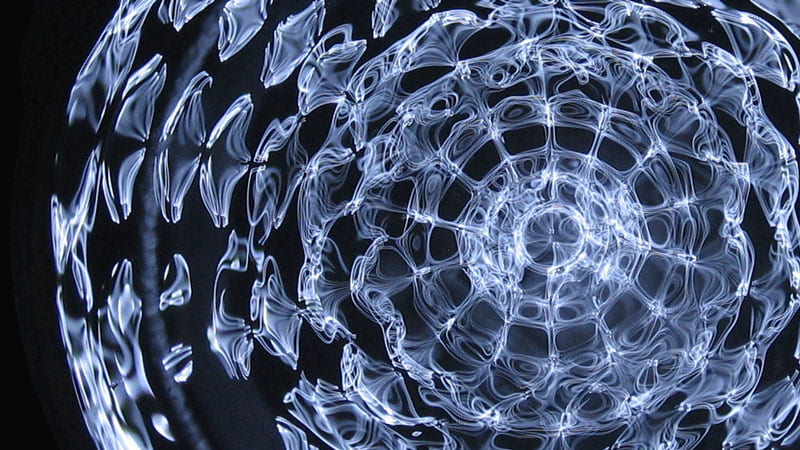
)